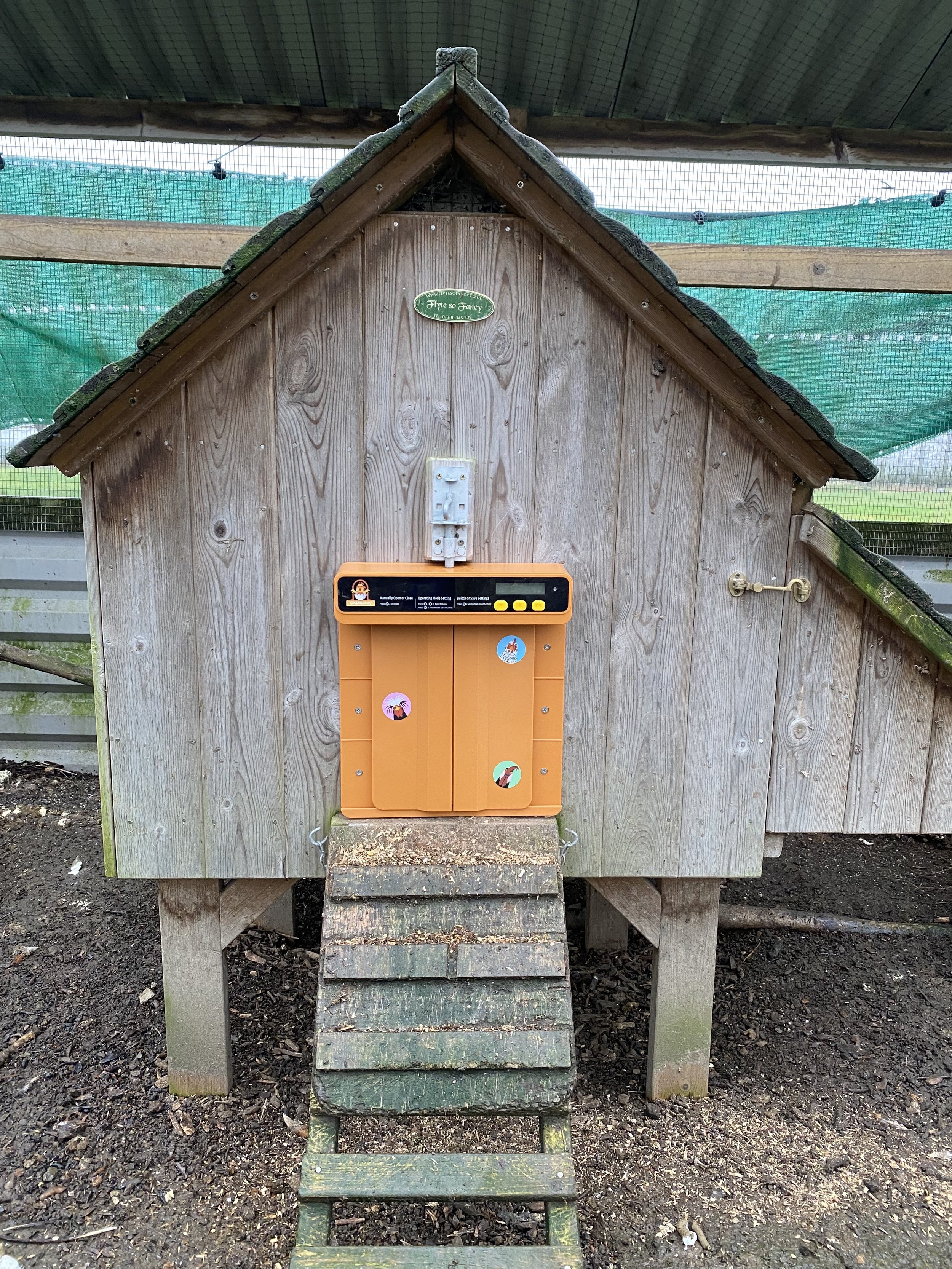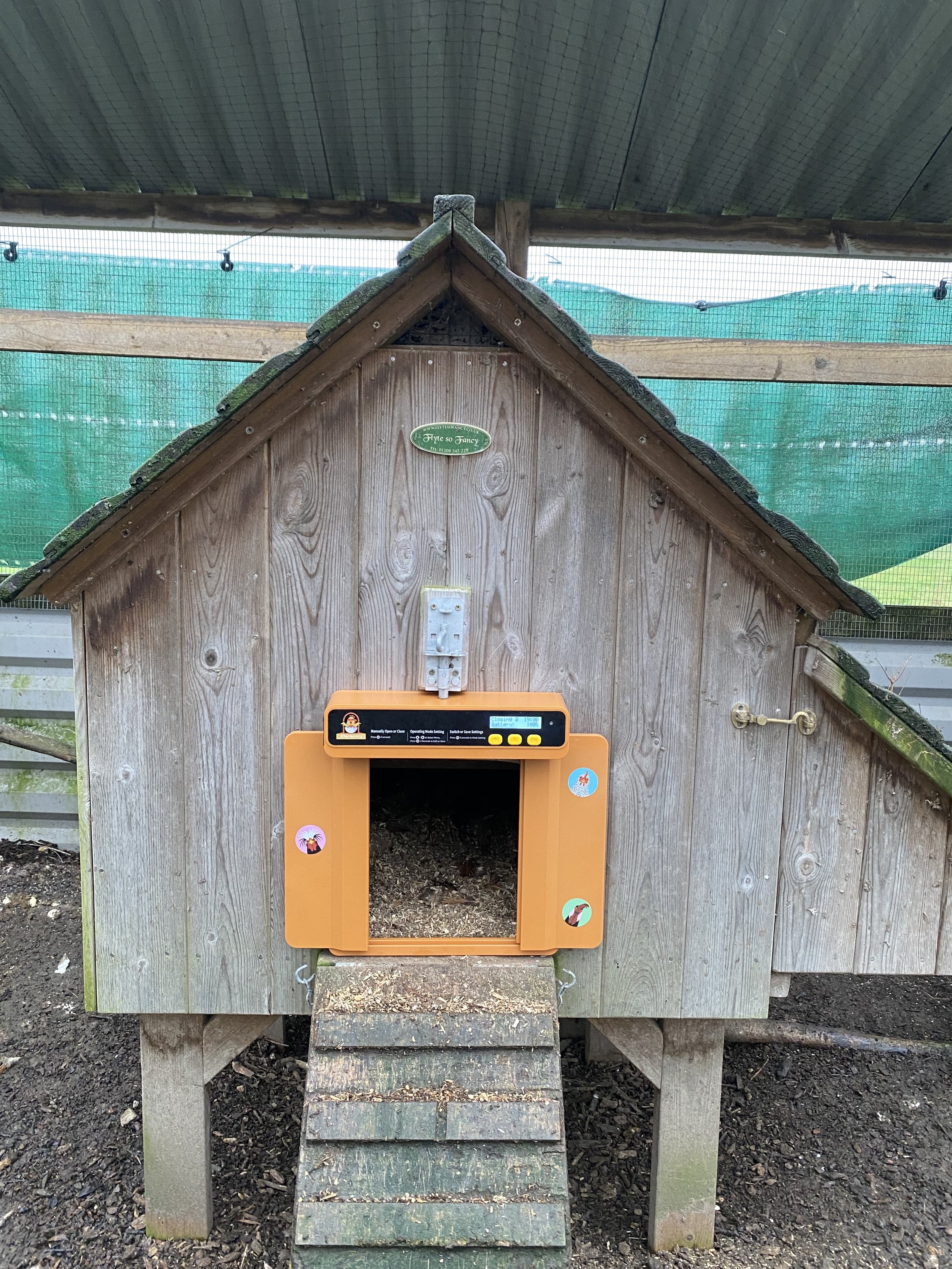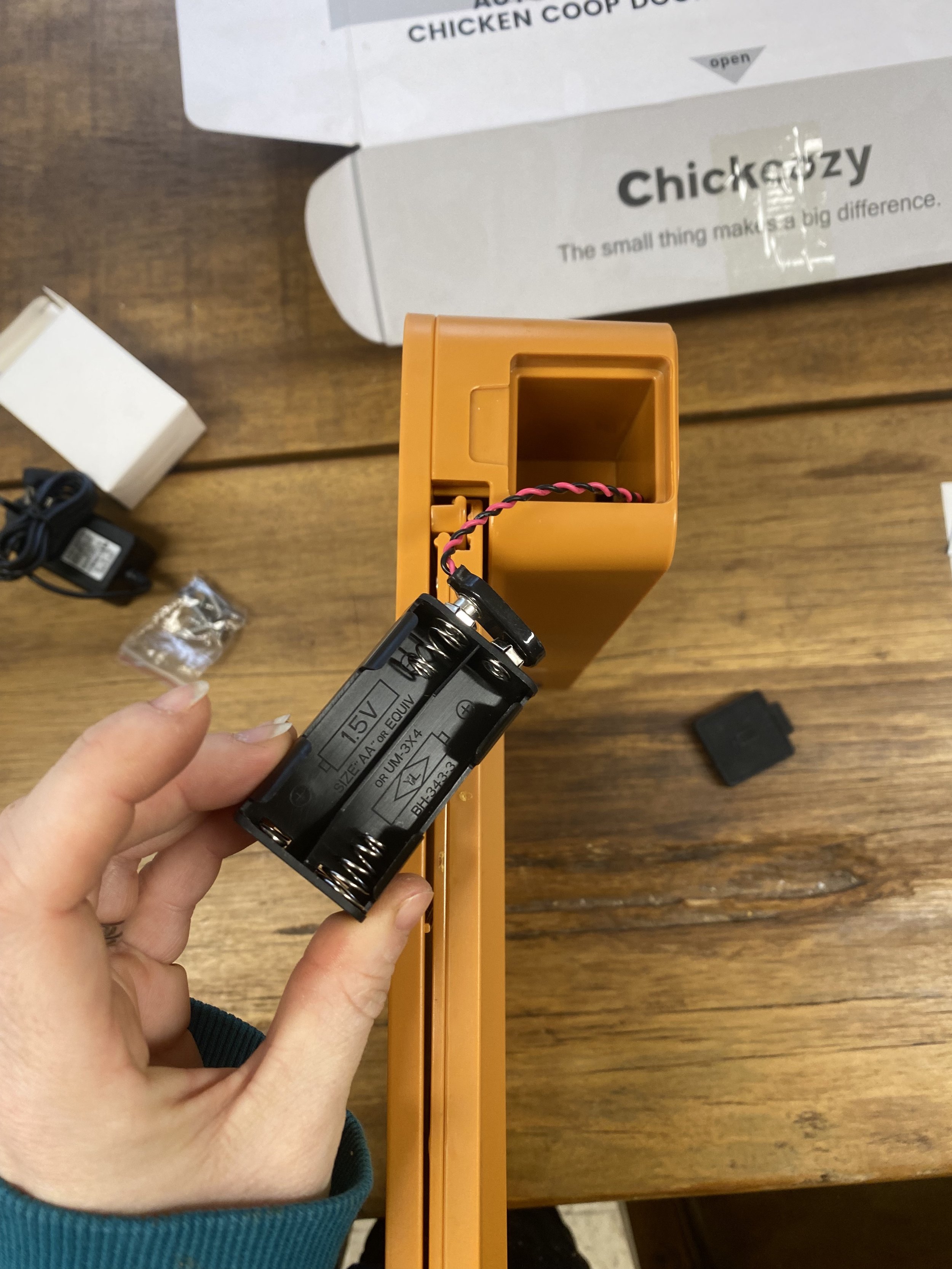In a world where supermarket shelves are stacked with options, it’s easy to forget that some of the best food available comes from just down the road. Buying local eggs isn’t just a trend—it’s a simple choice that makes a big difference to farms, the environment, animal welfare, and the quality of the food on your plate.
Here’s why choosing eggs from your local farm truly matters.
1. Fresher Eggs = Better Taste and Longer Shelf Life
When you buy from a nearby farm, you’re often getting eggs that were laid that same day or within the week.
Compare that to supermarket eggs, which may already be 2–3 weeks old by the time they hit the shelves.
Fresh eggs mean:
Richer, brighter yolks
Firmer whites (great for poaching and baking!)
Longer-lasting quality in your fridge
Better nutrition retention
When you crack a freshly laid local egg, you can literally see the difference.
2. Supporting Local Farms and Rural Communities
Every time you buy local eggs, you’re helping to keep a real farm running—not a faceless corporation.
Local farms rely on community support to:
Maintain high welfare standards
Create rural jobs
Care for the land sustainably
Pass farming knowledge to the next generation
Your purchase directly supports the families who put time, care, and passion into their animals and their land.
It’s more than an egg—it’s an investment in your local countryside.
3. Fewer Food Miles, Smaller Carbon Footprint
“Food miles” refer to the distance your food travels from farm to plate.
Local eggs travel a fraction of the distance of commercial supply chains, meaning:
Reduced fuel use
Lower greenhouse gas emissions
Fresher produce that doesn’t need long-term refrigeration
Shorter journeys benefit both the environment and the customer.
Buying local is one of the simplest, most effective ways to reduce your personal carbon footprint—without sacrificing quality.
4. Transparency and Trust You Can’t Get From a Supermarket
When you buy directly from a farm, you know exactly where your eggs came from.
You can ask questions, see photos, visit the farm (if they allow it), and understand the care that goes into raising hens.
This transparency builds trust because:
You know the hens are well cared for
You can be confident in the farming practices
You’re buying from people, not a supply chain
Today’s customers want honesty and traceability—and buying local delivers both.
5. Better Welfare for the Hens
Many small UK farms keep their hens in free-range or traditional mixed outdoor systems with more space and natural behaviour opportunities than the minimum legal standards.
When you choose local eggs, you’re often choosing:
More natural foraging
Better enrichment
Lower flock stress
Healthier, happier birds
High-welfare birds produce better-quality eggs—it really is that simple.
6. Keeping Local Food Traditions Alive
The UK has a rich history of poultry keeping, with many regions known for their favourite breeds and farming styles. Small farms help preserve:
Rare or heritage breeds like the Light Sussex
Traditional egg production methods
Local food culture and rural identity
By supporting small producers, you help keep these traditions from disappearing.
7. Your Money Stays in the Local Economy
When you buy from a local farm, most of the money stays within the community—helping other small businesses, local suppliers, vets, feed mills, and markets.
Buying local creates a ripple effect that strengthens the entire region.
The Bottom Line: Local Eggs Just Make Sense
Choosing local eggs means:
✔ Fresher, tastier produce
✔ Lower food miles
✔ Higher welfare
✔ Transparent farming practices
✔ Support for your community
It’s a small choice, but it has a big impact.
If you're looking for eggs that are fresh, ethical, and delicious, we’re proud to offer exactly that right here on our farm.
Pop by, ask questions, meet the team, and enjoy eggs laid by well-cared-for hens just a stone’s throw from your home.























